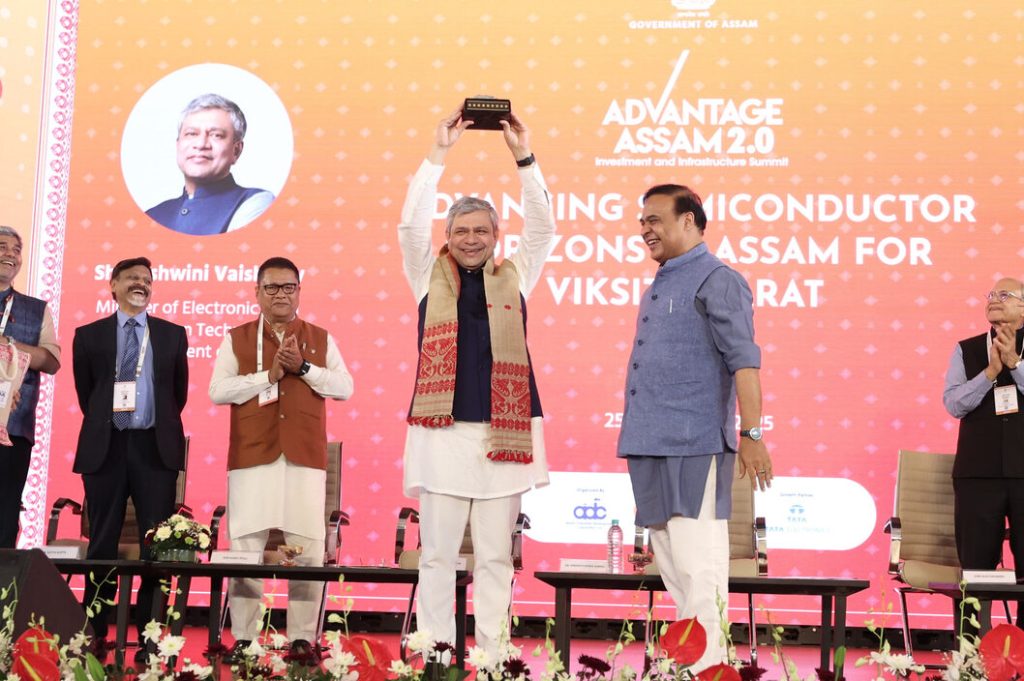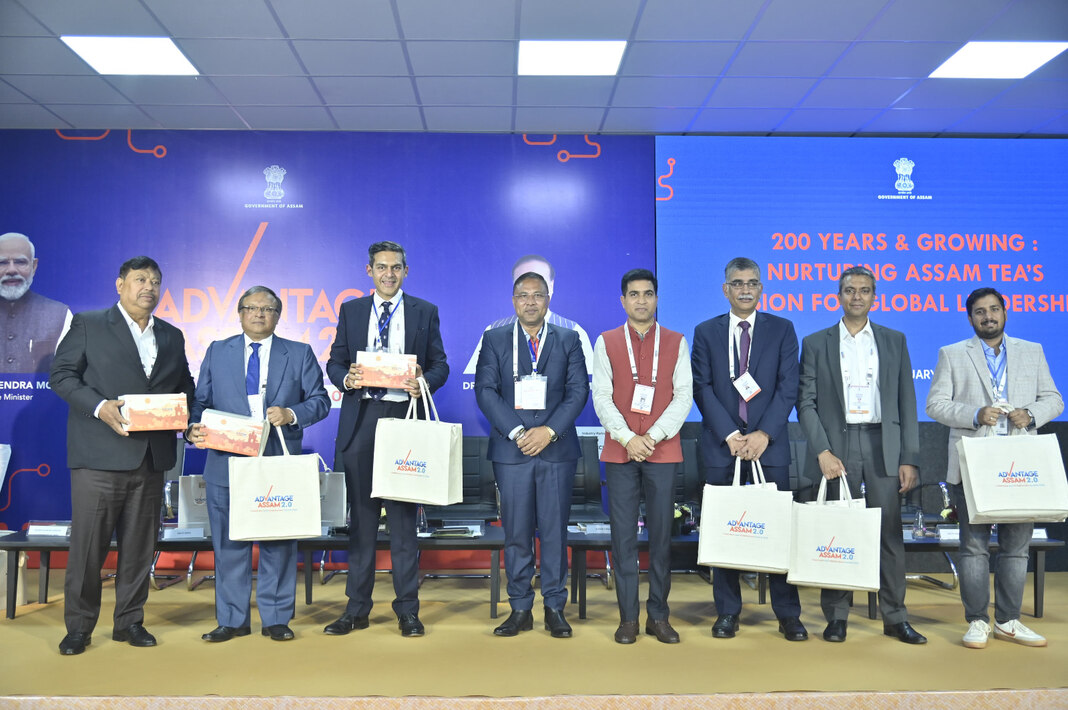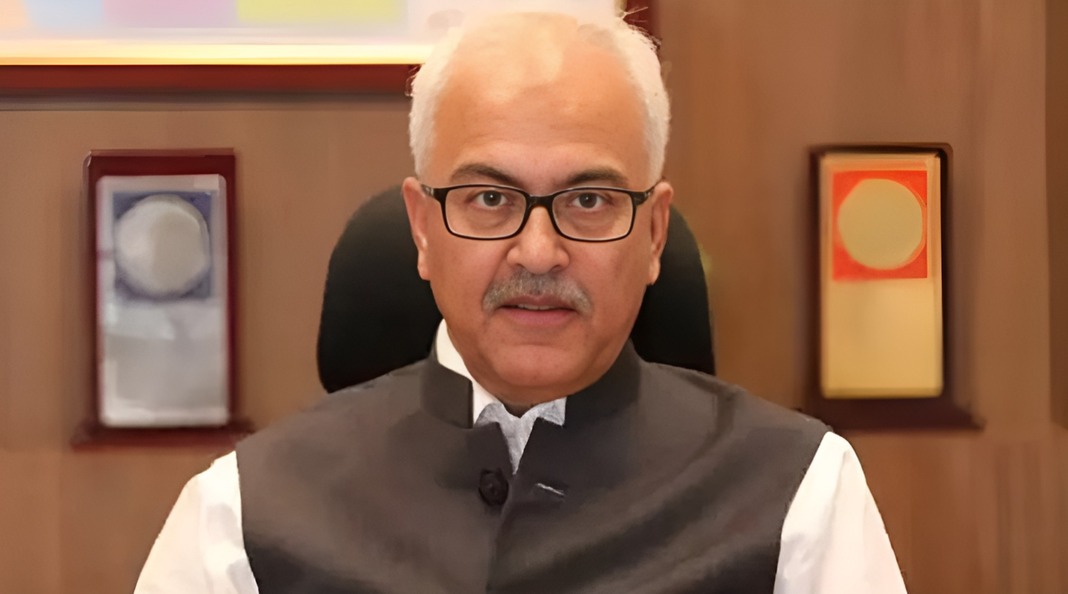Guwahati, Feb 25: Assam is set to emerge as a major player in India’s semiconductor and technology ecosystem, with Union Minister for Electronics & IT and Railways, Ashwini Vaishnaw, announcing a new semiconductor plant, an electronics manufacturing cluster in Kamrup, and the establishment of a NIELIT University campus in Jagiroad during the Advantage Assam 2.0 – Investment & Infrastructure Summit.
Addressing the thematic session, “Advancing Semiconductor Horizons in Assam for Viksit Bharat,” Vaishnaw underscored the Central government’s commitment to technological innovation, investment incentives, and semiconductor research.
Vaishnaw emphasized that the existing semiconductor ecosystem in Assam is already reshaping the region’s economic landscape, and the upcoming plant will further strengthen its role in India’s semiconductor revolution.

In his address, Chief Minister Himanta Biswa Sarma hailed Assam’s semiconductor industry as a game-changer. He highlighted that the state-of-the-art OSAT (Outsourced Semiconductor Assembly and Test) unit in Jagiroad, developed by Tata Electronics, will commence production in 2025, with an impressive capacity of 48 million chips daily. The project is expected to generate 27,000 direct and indirect jobs, fostering local talent, skill development, and economic empowerment.
In addition to semiconductor investments, Vaishnaw announced multiple infrastructure projects to enhance connectivity and logistics across Assam.
The Union minister announced two new Amrit Bharat trains to improve passenger rail services, six Gati Shakti Cargo Terminals to bolster trade and logistics, upgradation of over 60 railway stations into Amrit Stations, a state-of-the-art IT Hub at Guwahati Railway Station, a railway coach and repair manufacturing hub in Bodoland, a new railway locomotive factory at Lumding, the Kokrajhar-Gelephu railway line to enhance cross-border connectivity with Bhutan and four additional railway tracks over the Chicken Neck corridor to improve access to Northeast.
Vaishnaw emphasized, “Because of one semiconductor, Assam’s ecosystem has transformed. Now, many more advancements will follow.”
During the session, the Assam government signed MoUs with 10 industry groups from Singapore, Malaysia, and Japan, further strengthening international partnerships in semiconductor technology and research.
Sarma urged global semiconductor companies to explore the immense potential Assam offers, reiterating that Assam is laying the foundation for cutting-edge technology that will shape industries, transform lives, and put the state on the global semiconductor map.
The session witnessed the participation of top industry leaders, including Education Minister Ranoj Pegu, Chief Secretary Ravi Kota, Randhir Thakur (CEO of Tata Electronics), Ajai Chowdhry (Chairman of the National Quantum Mission), Satya Gupta (VLSI Society of India), Chitra Hariharan (Renesas), Dr. M. M. Tripathi (Director, NIELIT), and Prof. Shankara Prasad (IIT Guwahati).




